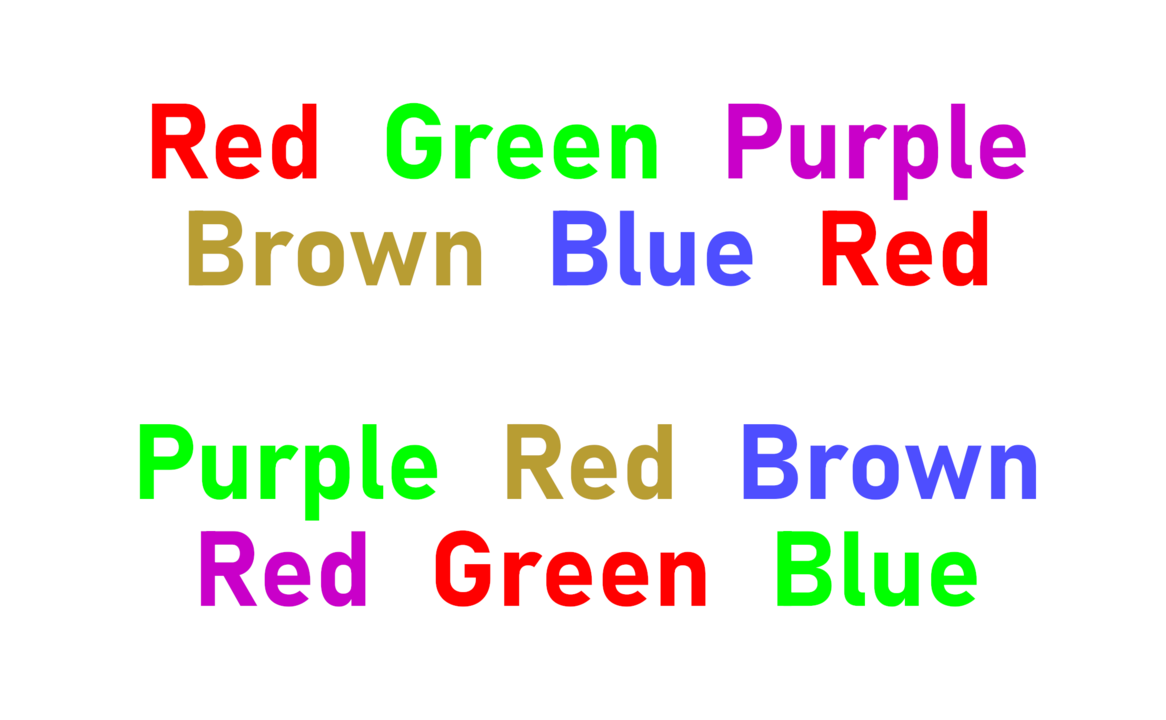Exploring the stroop effect, a perceptual phenomenon

The Stroop effect is a psychological phenomenon that demonstrates the interference in the brain's processing of conflicting information. It occurs when the brain struggles to reconcile the difference between the color of a word and the word itself. The Stroop effect was first described by John Ridley Stroop in the 1930s. In a typical Stroop task, participants are presented with a list of color words (e.g., red, blue, green) that are printed in ink colors that may or may not match the word's meaning. For example, the word "RED" might be printed in blue ink. The participants are then instructed to name the ink color of each word as quickly as possible, ignoring the word itself. The Stroop effect is observed when participants experience difficulty in suppressing their automatic response to read the word and instead focus on naming the ink color. It often takes longer and results in more errors when the ink color and the word meaning are incongruent (e.g., the word "RED" in blue ink) compared to when they are congruent (e.g., the word "RED" in red ink).
This project explore the Stroop Effect, The Stroop Effect is named by the John Ridley Stroop who first published the effect in English in 1935. In summary this effect explores has 2 experiments, the first one measures the time it takes for an individual to identify the name of a color (e.g., "blue", "green", or "red") that is printed in a color which that is denoted by its name (for example, the word "blue" printed in blue), and the second experiment measures the time it take for an individual to identify the name of a color that is printed in a color which is not denoted by its name (for example, the word "blue" printed in red and not in blue). naming the color of the word takes longer and is more prone to errors than when the color of the ink matches the name of the color reference.
License
Free for both personal and commercial use. No need to pay anything. Just need to make attribution.

This work is licensed under a Creative Commons Attribution 4.0 International License
Tags





